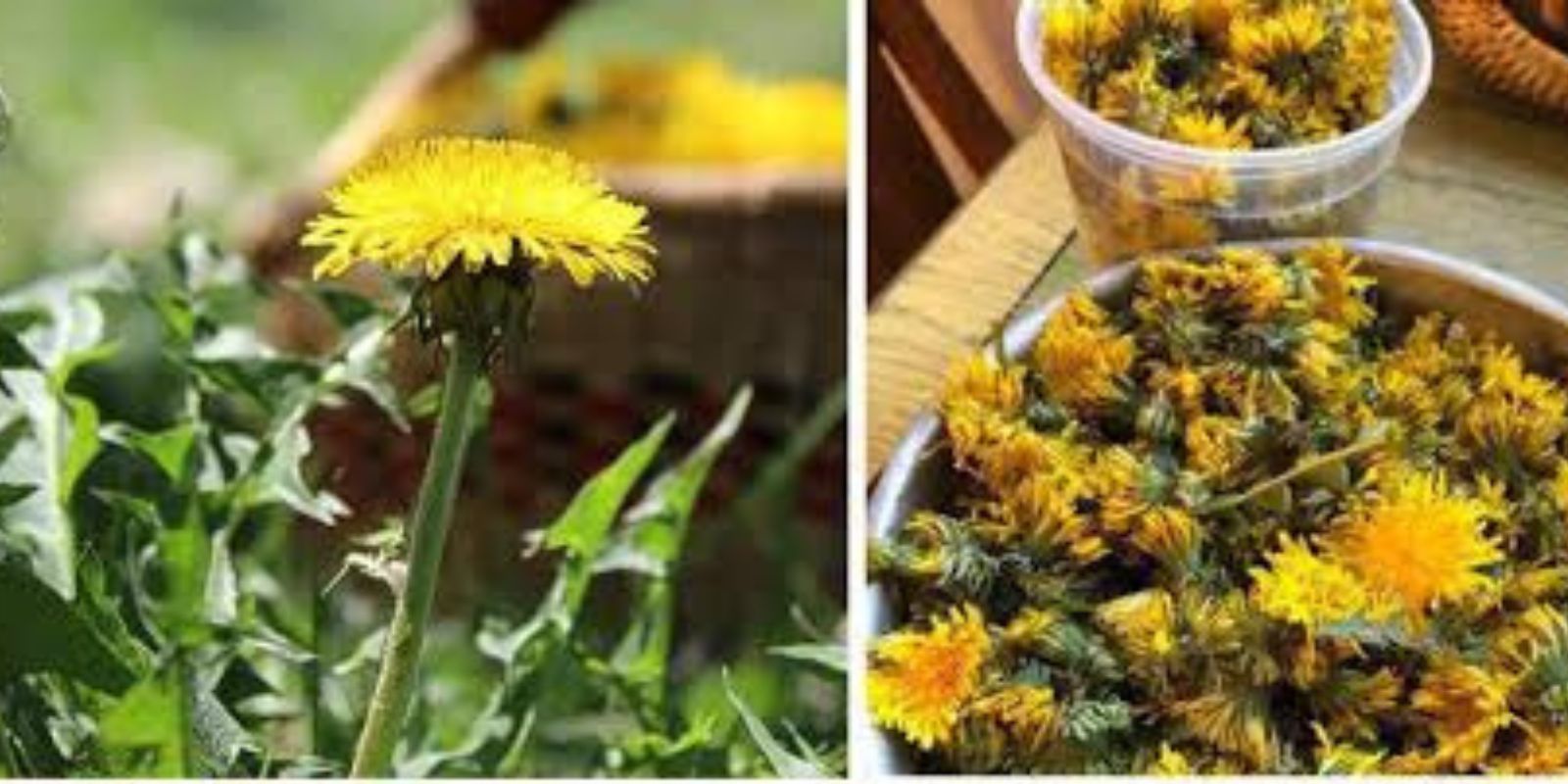Dandelions are a plant we often overlook, dismissing them as mere weeds dotting our gardens and lawns. However, these hardy plants are far more than a nuisance—they’re a nutritional powerhouse, and their roots, in particular, hold a treasure trove of health benefits. From culinary uses to medicinal properties, dandelion roots can become a staple in your natural living routine. In this article, we’ll dive deep into the wonders of dandelion roots, exploring how to harvest, prepare, and use them effectively.
Why Dandelion Roots Are a Hidden Gem
The entire dandelion plant is edible, from its vibrant yellow flowers to its leaves, but the roots are the unsung heroes. Rich in vitamins A, C, and K, as well as minerals like potassium, calcium, and iron, dandelion roots are prized for their detoxifying and anti-inflammatory properties. Historically, they’ve been used in traditional medicine for digestive health, liver support, and even as a natural diuretic.
Modern science backs these claims, highlighting dandelion root’s role in improving liver function, aiding weight management, and supporting the immune system. Its antioxidants and fiber content make it a fantastic addition to a balanced diet.
How to Identify and Harvest Dandelion Roots
Before you begin, ensure the dandelions you harvest are from areas free of pesticides, herbicides, and other chemicals. Parks, roadsides, and treated lawns are not ideal harvesting spots.
Steps to Harvest Dandelion Roots
- Choose the Right Season: Late fall and early spring are the best times to harvest. During these periods, the roots store the most nutrients.
- Tools You’ll Need: A garden spade, trowel, or fork is essential for digging.
- Extract the Roots:
- Use your tool to dig deep around the plant, loosening the soil to avoid breaking the root.
- Carefully pull out the entire plant, ensuring the root remains intact. Dandelion roots can grow up to 10-15 inches deep!
- Clean Thoroughly: Rinse the roots under cold water to remove dirt and debris. Trim away any damaged or discolored sections.
Preparing Dandelion Roots for Use
Once harvested, dandelion roots can be used fresh or dried, depending on your intended use.
For Fresh Use
- Cooking: Chop the roots into small pieces and add them to soups or stews for a subtle, earthy flavor.
- Beverages: Boil fresh roots to make a cleansing tea or use them in smoothies for added nutrition.
For Drying
- Slice the roots into thin strips for faster drying.
- Spread them on a tray or hang them in a well-ventilated, warm area.
- Once fully dried, store them in an airtight container. Dried roots can last up to a year when kept in a cool, dark place.
Culinary Uses of Dandelion Roots
Dandelion roots can transform your meals with their earthy, slightly bitter taste. They’re versatile and can be used in a variety of ways:
- Dandelion Coffee Substitute:
- Roast dried dandelion roots in the oven at 200°F (90°C) until golden brown.
- Grind the roasted roots into a fine powder and brew like coffee. This caffeine-free alternative is rich in nutrients and provides a comforting, roasted flavor.
- Soups and Stews: Fresh roots can be simmered to enhance the flavor of broths and soups. Their bitterness pairs well with rich, savory ingredients.
- Pickled Roots: Slice fresh roots thinly and pickle them in vinegar and spices for a tangy addition to salads or sandwiches.
- Smoothies: Blend fresh or powdered roots with fruits and greens for a nutrient-packed drink.
Medicinal Benefits and Uses
Dandelion roots have been cherished for centuries in herbal medicine. Here’s how they can benefit your health:
- Liver Support:
Dandelion root tea is often used to detoxify the liver, promoting healthy bile production and improving digestion. - Digestive Health:
The roots contain inulin, a prebiotic fiber that supports gut health by nourishing beneficial bacteria. - Anti-Inflammatory Properties:
Consuming dandelion roots can help reduce inflammation in the body, potentially alleviating conditions like arthritis. - Natural Diuretic:
Dandelion root tea aids in flushing out excess fluids, helping to reduce bloating and water retention. - Blood Sugar Regulation:
Studies suggest dandelion roots may help regulate blood sugar levels, making them beneficial for people with diabetes or those managing insulin sensitivity.
Sustainable Harvesting and Gardening Tips
If you’re concerned about overharvesting or want a constant supply of dandelion roots, consider growing your own!
Growing Dandelions at Home
- Plant Seeds: Sow dandelion seeds in a sunny spot with well-draining soil.
- Water Regularly: Keep the soil moist but not waterlogged.
- Harvest Responsibly: Take only a few plants at a time, leaving others to grow and replenish.
Dandelions are hardy plants that require minimal care, making them a great addition to any sustainable garden.
Precautions and Considerations
While dandelion roots are generally safe for consumption, there are a few things to keep in mind:
- Allergies: Some people may be allergic to dandelions. If you experience any adverse reactions, discontinue use.
- Medication Interactions: Dandelion roots can interact with certain medications, including diuretics and blood thinners. Consult a healthcare provider if you’re taking medications.
- Moderation: Like any natural remedy, dandelion roots should be consumed in moderation to avoid potential side effects like stomach upset.
Why You Should Embrace Dandelion Roots
Dandelion roots are a reminder that nature often hides treasures in plain sight. They’re versatile, nutritious, and sustainable, offering a range of culinary and medicinal benefits. By incorporating dandelion roots into your life, you’re not just reaping the rewards of their nutrients but also contributing to a more eco-friendly lifestyle.
So, the next time you spot dandelions in your garden, think twice before pulling them out as weeds. Embrace their potential, and let them enrich your life with their natural goodness.
💬 Do you use dandelions in your cooking or herbal remedies? Share your tips and experiences below!

